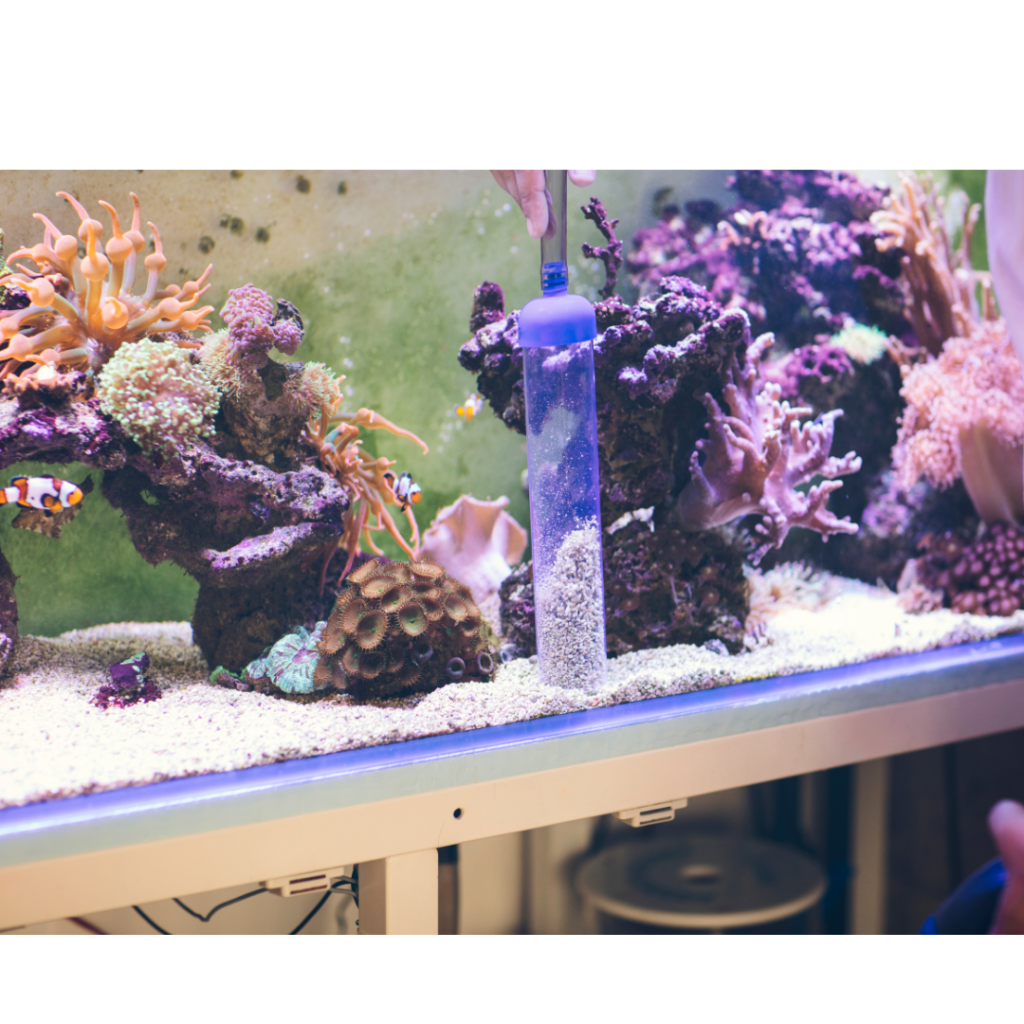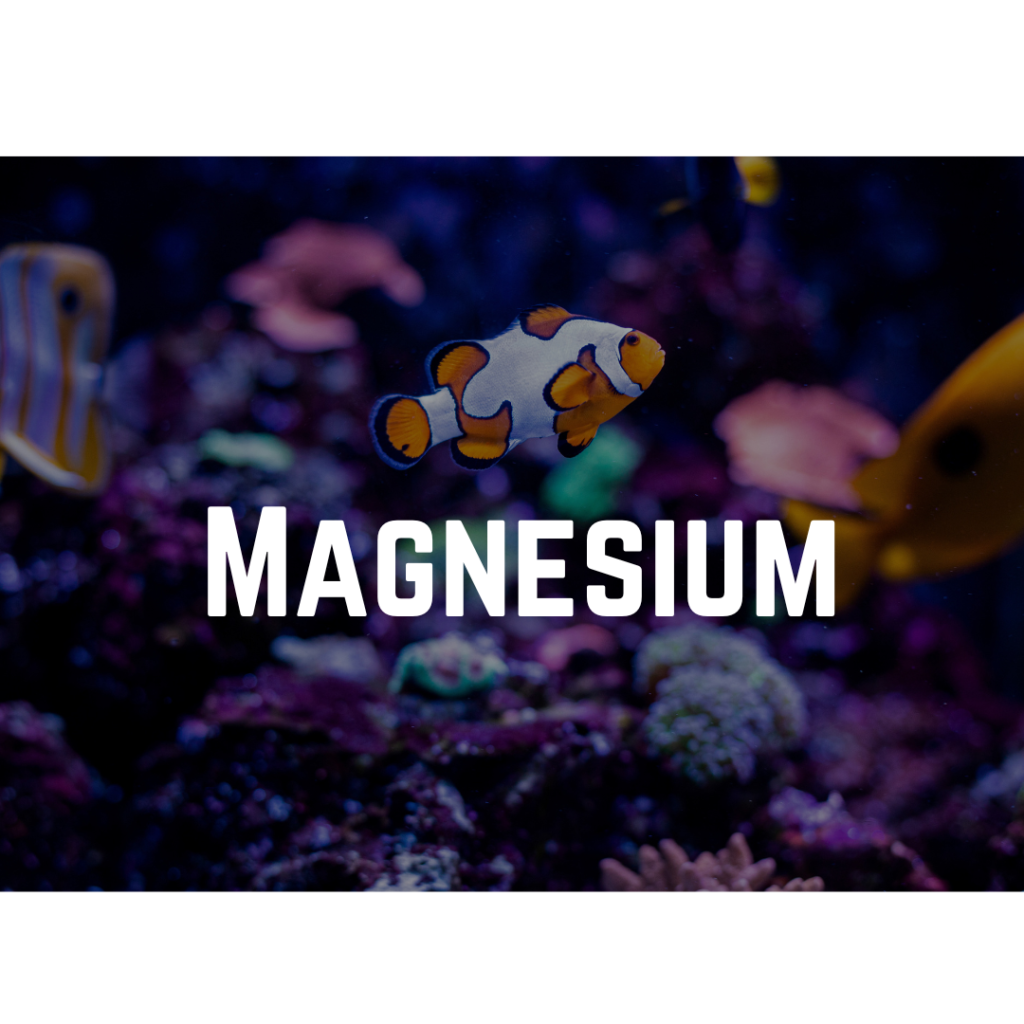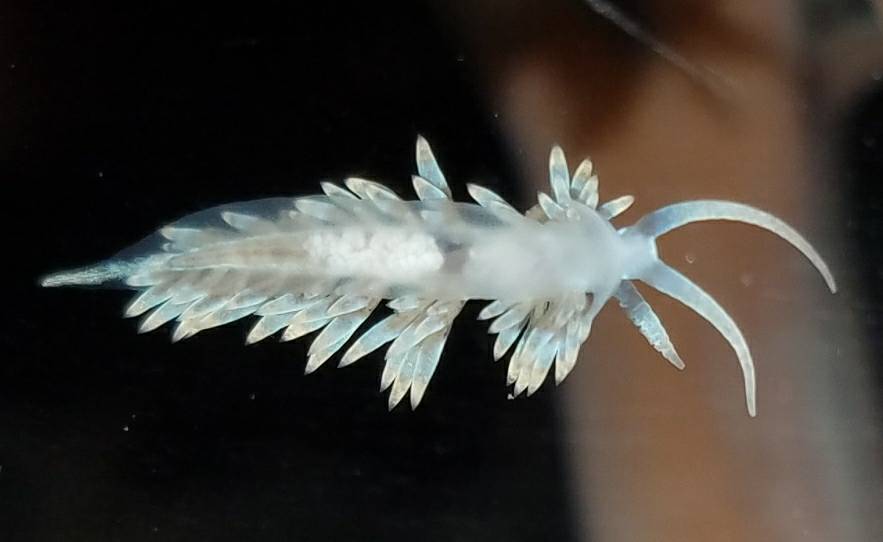Magnesium is a critical component of reef tank water chemistry, yet it is often overlooked by aquarists. A proper balance of magnesium is essential for a thriving marine ecosystem, as it plays a vital role in maintaining healthy corals, fish, and other marine life. In this blog post, we will cover the importance of having the correct reef tank magnesium level, discuss how to monitor and maintain the optimal magnesium levels, and provide practical tips to achieve a well-balanced aquarium.
Ideal reef tank magnesium level
The ideal magnesium levels in a reef tank should be maintained between 1,250 and 1,350 ppm. Maintaining these levels ensures that your corals and other marine life have the necessary conditions to thrive.
It is important to note that the magnesium levels in natural seawater are around 1,280 ppm.
Staying close to this natural range will help mimic the environment that marine organisms are accustomed to in the wild.
The Significance of Magnesium in Reef Tanks:
Magnesium is crucial for various biological processes within a reef tank, such as photosynthesis in corals and algae, and the formation of coral skeletons.
Furthermore, magnesium helps maintain the balance of calcium and alkalinity in the tank, ensuring these essential elements are available for coral growth and overall health.
An appropriate magnesium level is necessary to prevent issues like coral bleaching and slowed growth.
How to Raise Magnesium Levels: My preferred method

When it comes to raising magnesium levels in my reef tank, I prefer to take a more natural approach by performing regular water changes.
Water changes not only help maintain the ideal magnesium levels but also contribute to the overall health of the tank by removing excess nutrients, waste, and toxins.
To increase magnesium levels naturally, I use a high-quality salt mix with the appropriate magnesium concentration, which is close to the natural seawater levels (around 1,280 ppm).
Before performing a water change, I make sure to test the magnesium levels in both my tank and the new saltwater mix to ensure they are within the desired range.
If this doesn’t work, you can use magnesium supplements specifically designed for saltwater aquariums to increase the concentration. Follow the manufacturer’s instructions for proper dosing. It’s essential to start with a lower dosage and gradually increase it over time to avoid sudden fluctuations in magnesium levels.
How to Lower Magnesium Levels
If you find that the magnesium levels in your reef tank are too high, it’s essential to bring them back within the ideal range (1,250 to 1,350 ppm). Here are a few methods we like to use to safely lower the magnesium level in our saltwater tank.
- Water changes: Just as water changes can help raise magnesium levels, they can also be used to lower them. When performing a water change to reduce magnesium levels, use a high-quality salt mix with a lower magnesium concentration than your current tank water. Replace 10% to 20% of the tank’s water volume, monitoring the magnesium levels throughout the process. This will help to gradually reduce the magnesium levels without causing sudden fluctuations.
- Dilution: If your magnesium levels are significantly higher than the ideal range, you can consider diluting the tank water with freshly mixed saltwater that has lower magnesium levels. This method should be done gradually to avoid stressing the tank’s inhabitants. Start by removing a small percentage of your tank’s water and replacing it with the new saltwater mix. Test the magnesium levels regularly to ensure they are decreasing as desired.
- Adjusting your dosing regimen: If you have been dosing magnesium supplements, Consider reducing the frequency or amount of magnesium dosed or stopping dosing altogether until the levels return to the ideal range. Be sure to closely monitor the magnesium levels during this period to ensure they don’t drop too low.
- Using a magnesium-absorbing media: Some commercial products are designed to absorb excess magnesium from aquarium water. These products typically come in the form of filter media or additives that can be placed in your tank’s filtration system. Follow the manufacturer’s guidelines for using these products to ensure their safe and effective use.
What are the symptoms of low magnesium in reef tank?
Low magnesium levels in a reef tank can lead to various issues affecting the overall health and well-being of your corals and other marine life. Here are some common symptoms and effects of low magnesium levels:
- Calcium and Alkalinity Imbalance: Magnesium plays a crucial role in maintaining the balance of calcium and alkalinity in a reef tank. When magnesium levels are too low, calcium and carbonate ions can combine to form calcium carbonate, which then precipitates out of the water. This precipitation can cause a decrease in both calcium and alkalinity levels, making it difficult to maintain stable water parameters.
- Slow Coral Growth: Insufficient magnesium levels can hinder coral growth, as corals require magnesium for their metabolic processes and skeletal structure. Without adequate magnesium, corals may experience slowed growth rates, reduced calcification, and weakened skeletons.
- Corals Losing Color: Low magnesium levels can also impact the vibrant coloration of your corals. Corals use magnesium as a cofactor for various enzymatic processes, including those responsible for creating the pigments that give corals their beautiful colors. Low magnesium levels in your reef tank can result in dull, faded, or less vibrant colors in your corals.
- Coral Tissue Recession: In severe cases of low magnesium, corals may experience tissue recession, where the coral tissue pulls away from the coral’s skeleton. This can be a sign of severe stress and, if not addressed, may lead to the coral’s eventual death.
- Algae Growth: Low magnesium levels can also contribute to increased algae growth in your reef tank. Without enough magnesium to maintain proper calcium and alkalinity levels, algae can take advantage of the imbalance, resulting in unsightly algae blooms or persistent algae problems.
Related Article: 19 Best Algae Eating Saltwater Fish
- Snail and Clam Shell Issues: Snails and clams also require magnesium for the formation and maintenance of their shells. Low magnesium levels can lead to weakened shells, making these organisms more susceptible to predation or other environmental stressors.
Is High Magnesium Bad for Corals?
Yes, excessively high magnesium levels can be harmful to corals and other marine life in your aquarium. Although magnesium is an essential element for coral growth and maintaining a balance of calcium and alkalinity, elevated levels beyond the recommended range can cause issues.
High magnesium levels can interfere with coral growth by hindering the uptake of calcium, an essential element for coral skeletal formation.
This can lead to slowed growth rates and weakened skeletons. Elevated magnesium levels can also disrupt the process of calcification in corals, which is crucial for building and maintaining their skeletons.
Furthermore, high magnesium levels can make it challenging to maintain stable calcium and alkalinity levels in your aquarium. As magnesium interacts with calcium and carbonate ions, an imbalance can lead to fluctuations in these essential water parameters.
Reef tank magnesium

In summary, maintaining the proper magnesium levels in a reef tank is essential for the overall health and well-being of your corals, fish, and other marine life. The ideal magnesium levels should be between 1,250 and 1,350 ppm, closely mimicking the natural seawater conditions.
Magnesium plays a vital role in various biological processes, including coral growth, photosynthesis, and maintaining the balance of calcium and alkalinity. Low magnesium levels can lead to slow coral growth, loss of color, tissue recession, increased algae growth, and shell issues in snails and clams.
On the other hand, high magnesium levels can hinder coral growth and make it difficult to maintain stable calcium and alkalinity levels.
To maintain the ideal magnesium levels, perform regular water changes using a high-quality salt mix and monitor the levels closely. If necessary, use magnesium supplements or other methods, such as dilution or adjusting your dosing regimen, to raise or lower the magnesium levels.
By keeping an eye on the magnesium levels and maintaining a well-balanced reef tank, you can ensure a thriving and healthy environment for your marine life.



